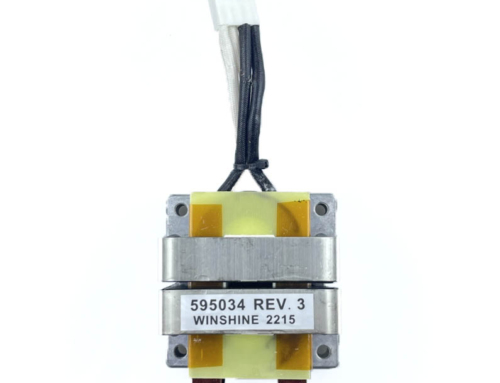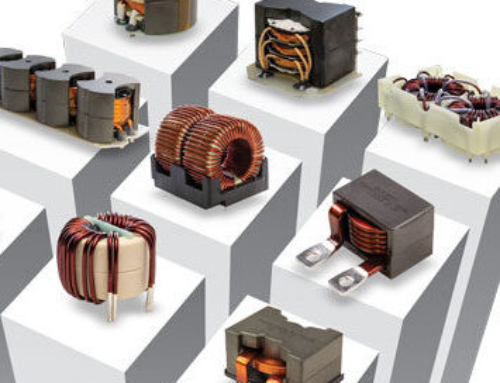LED lighting, as a new generation of lighting, has received widespread attention. Relying solely on LED packaging cannot produce good lighting fixtures. This article mainly explains how to use LED characteristics in design from electronic circuits, thermal analysis, optics, and other aspects.
In recent years, with the high density and integration of electronic products, the importance of thermal solutions has become increasingly high, and LED lighting is no exception, and thermal solutions are also needed. Although incandescent and fluorescent lamps have significant energy loss, most of their energy is directly emitted through infrared radiation, resulting in less heat generation from the light source; And LED, in addition to the energy consumed as visible light, all other energy is converted into heat. In addition, due to the small packaging area of LED, there is less heat dissipation through convection and radiation, thus accumulating a large amount of heat.
What is the hot solution?
Next, let’s consider how to develop a thermal solution. A thermal solution is simply to solve various problems caused by heat. Mainly including:
1. Bending and cracking due to thermal expansion
2. Operational obstacles in electronic circuits
3. Deterioration of material quality
In addition, there are also concerns about whether heating will damage the equipment? To avoid these issues, it is important to control the temperature of electronic devices as much as possible, which means effective heat dissipation is crucial. The key is to consider the machine’s operating environment and installation methods to develop the best thermal solution. The following is a list of issues caused by heat. The second half takes LED lights as an example to explain solutions related to LED.
Problems caused by heat
1. Bending and cracking due to thermal expansion
Electronic equipment is composed of multiple parts, each of which has different materials, and the scale of thermal expansion is also different. Therefore, when various materials are combined together, it is possible to cause bending and expansion of the materials, and the product will crack at the connection due to excessive stress.
2. Operational obstacles in electronic circuits
Generally speaking, semiconductor components that serve as heat sources have a characteristic that when the temperature of semiconductor components in electronic devices increases, the electrical impedance decreases. In this way, it is easy to fall into a vicious cycle of “temperature rise – impedance decrease – current increase – heat increase – temperature rise”, which can lead to the phenomenon of burnout.
3. Deterioration of material quality
Generally speaking, materials used in electronic devices are prone to oxidation, and the higher the temperature, the faster the oxidation. If these materials are subjected to repeated high-temperature oxidation, their lifespan will be shortened. At the same time, repeated heating, repeated expansion and contraction of the material can reduce its strength, thereby damaging the material.
Thermal Solution for LED
Taking LED lights as an example, we will discuss the thermal solutions for LEDs in detail.
There are various methods to avoid the heating of electronic devices. For example, adding a radiator and placing a fan around the heat source that can provide cold air. The former increases the channel for heat dissipation by increasing the heat dissipation area, while the latter prevents heat from gathering around the heat source. However, as shown in the summary diagram of LED lights in Figure 1, the heat sink cannot be directly connected during LED packaging



